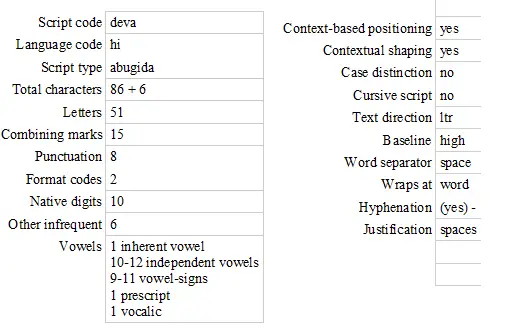Nepal is a multi-national, multi-ethnic, multi-linguistic country. Nepal is a landlocked country, that is rich in Himalayas and boasts a various cultural heritage that spans diverse ethnicities, languages, and traditions. One of the significant ethnic groups / communities in Nepal, known as the Khas Arya. They played a vital role in shaping and propagating the Nepali/Khas language.
The Khas people initially referred to their language as Khas kura, which was also known as Pahadi (the language of the hill region). The Newar people used the term Khayan Bhaya, Pahadi and, Gorkhali language as several name for this language, as they known it with the Gorkhali conquerors.
The Rana monarch Jung Bahadur Rana (Jabara) commanded that the term Gorkhali be used instead of Khas kurā to describe the language.
In the 1930s, the Gorkha government also adopted this term to describe their nation. Later, the Khas language also came to be known as the Nepali language. A monarch king was enforcing the national language of Nepal by dominating all languages of the nation. The majority of the population of this language is in Nepal, North Bengal, Sikkim, and Bhutan.
Origins and Evolution:
The Khas Arya community, historically prevalent in the hilly regions of Nepal, is often credited with the development and propagation of the Nepali language. The origins of the Khas Arya people trace back to the ancient Khasa kingdom, situated in the far-western part of present-day Nepal. The evolution of the Khasa language eventually led to the formation of modern Nepali.
The Nepali language, also referred to as Gorkhali or Khaskura, belongs to the Indo-Aryan family of languages. It has been influenced by Sanskrit, Tibetan, and regional dialects. It has unique linguistic characteristics. Over time, the Khas Arya people played a key role in promoting the Nepali language supported by monarchial government.
Unifying Force:
According to census 2021, one hundred twenty-one languages spoken in Nepal, they all are recognized national languages. Nepali is the most spoken language, where Maithili is the second most spoken language.
The role of the Khas Arya people in spreading the Nepali language beyond their original territories was instrumental in the consolidation of Nepal as a unified nation.
The Shah dynasty, led by King Prithvi Narayan Shah, who belonged to the Khas Arya community, was expanding Nepal’s borders and promoting the Nepali language as a means of integration.
Cultural Impact:
The Khas Arya community has left an indelible mark on Nepali culture and society. Their language has not only shaped communication but has also influenced literature, art, music, and traditional stories. Traditional Nepali literature, including epics, poetry, and religious texts, has been primarily composed in the Nepali language, enriched by the contributions of the Khas Arya people.
Also, Khas Arya customs, festivals, and traditions have become integral to the broader Nepali cultural variety.
Challenges and Preservation:
While the Khas Arya community has played a crucial role in propagating the Nepali language, there are challenges that warrant attention. Globalization, urbanization, and the rise of digital media have led to the adoption of other languages and cultural influences, potentially impacting the continued dominance of the Nepali language.
Efforts to preserve the Khas Arya language and culture are imperative for maintaining Nepal’s unique identity. Language education, cultural exchange programs, and the documentation of traditional practices can contribute to the preservation of this heritage.

